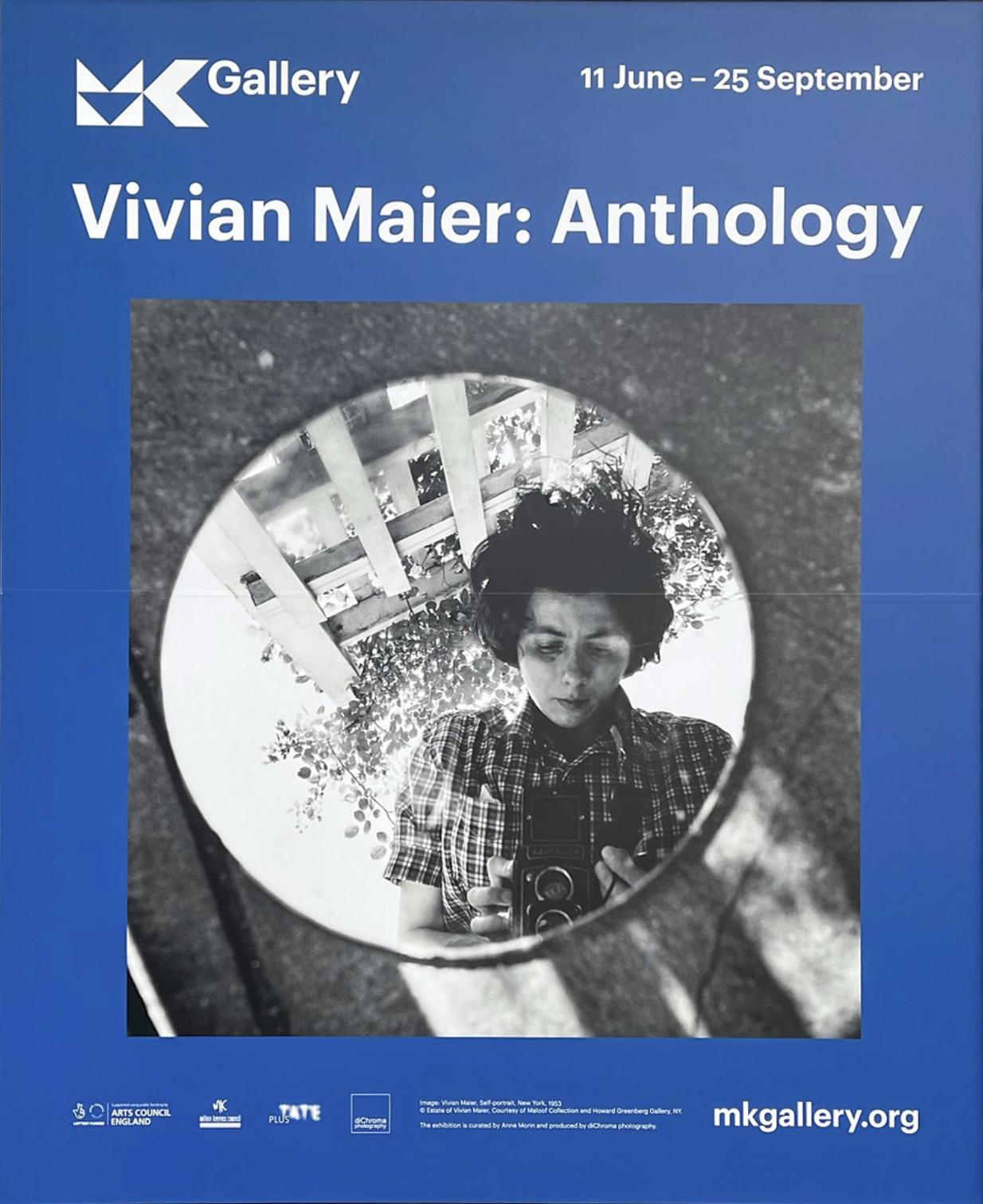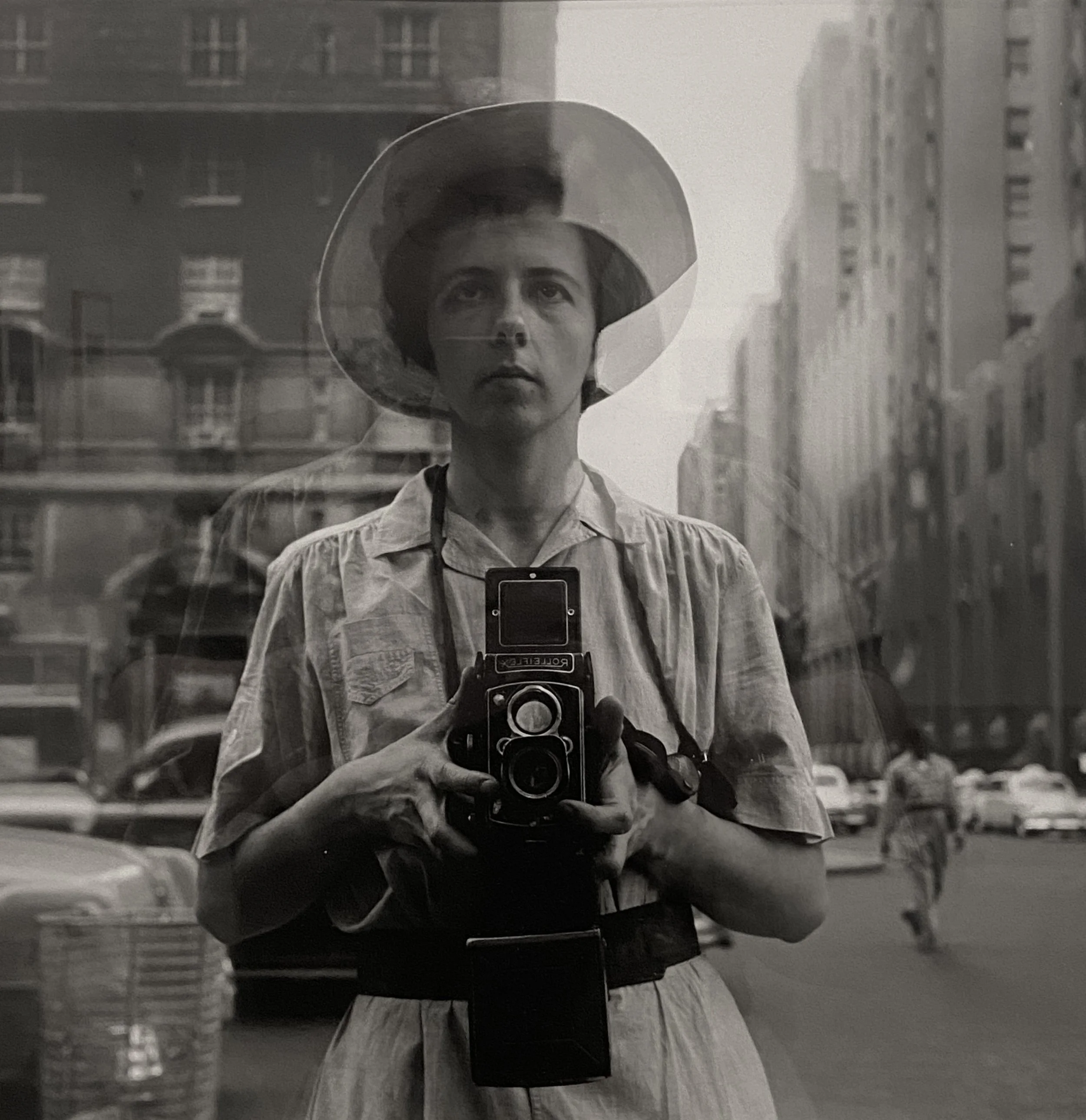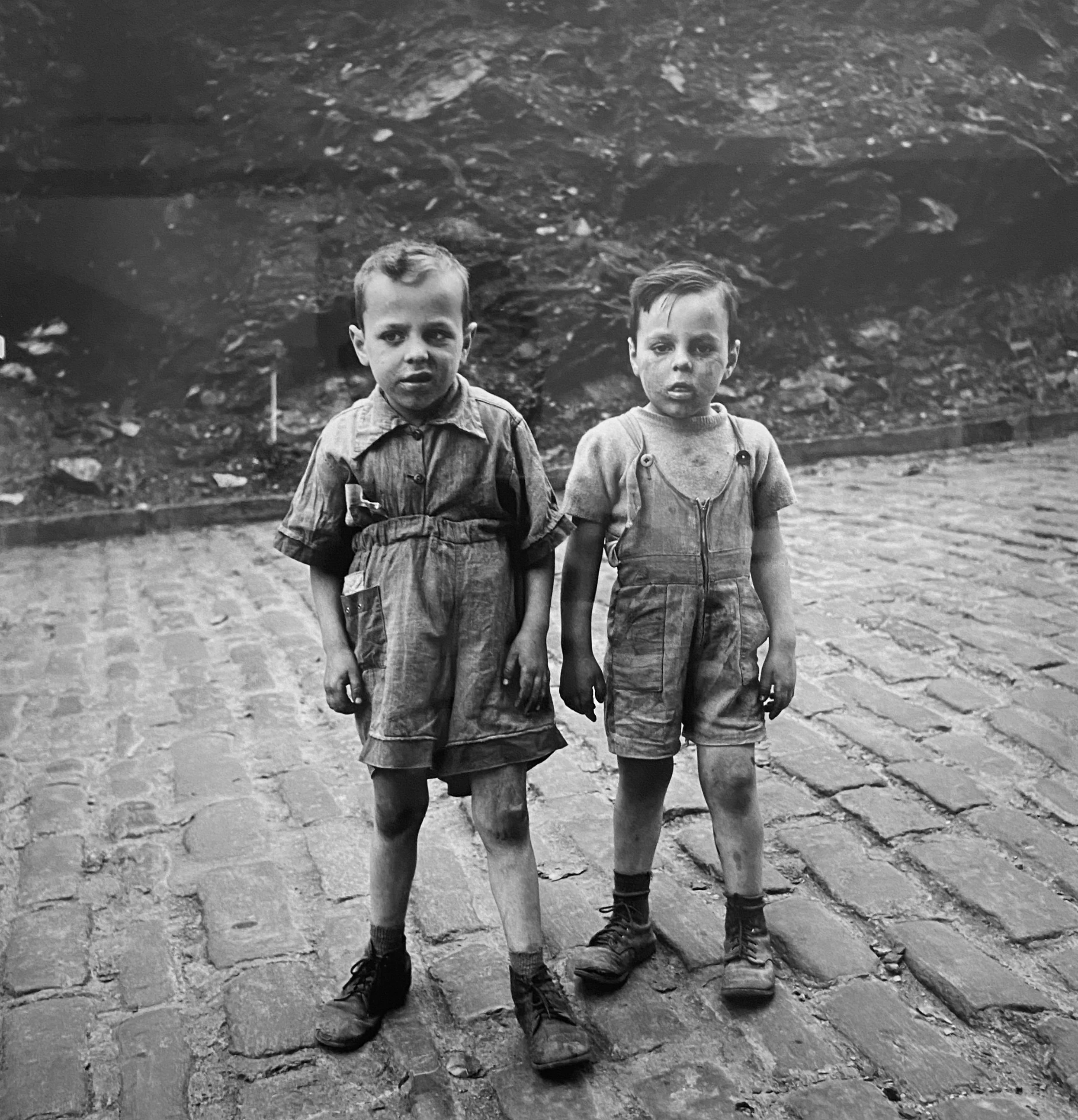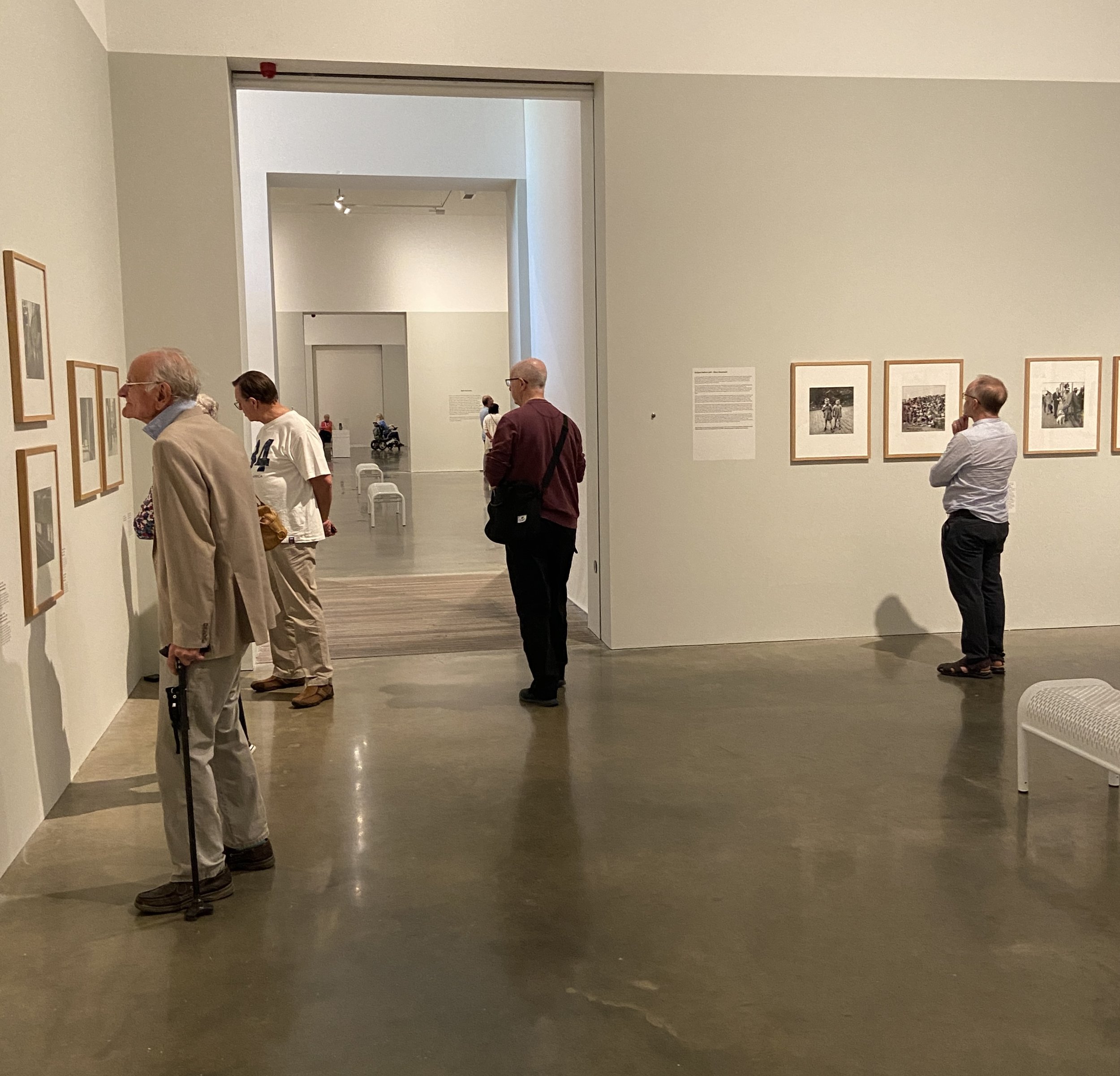Blog Post #43
Vivian Maier, an inspiration
A few weeks ago I visited the “Vivian Maier - Anthology” exhibition at the Milton Keynes Gallery. I could not miss this opportunity to see at first hand the work of one of the great street photographers and I was not disappointed. The exhibition runs until 25th September 2022 and I would encourage you to get along. I visited on a Sunday morning and the gallery was already quite busy, but that’s maybe because Milton Keynes residents get entry for £1 ! You may not be familiar with Vivian Maier so here is a short description from the exhibition summary.
Vivian Maier's work was unknown to most people for the vast majority of her life. While working as a nanny in New York and Chicago for over 40 years, she photographed daily life on the streets. She produced over 140,000 images as well as film and audio recordings. Maier's work came to light in 2007, just before her death, when her huge archive was auctioned off from a Chicago storage locker due to missed payments.
Her images, mostly from the 1950s - 1970s, present a distinctive record of urban America. From carefree children and glamorous housewives to the homeless and poor, Maier's pictures capture the highs and lows of everyday life. Her work reflects the major social and political upheavals of the day from the Great Depression and Second World War to the Vietnam War, Watergate scandal and Civil Rights Movement.
Although self-taught, her craft and vision far surpassed that of any part-time hobbyist and she was well-versed in photographic and art history. She now belongs in the canon of photography alongside famous figures like Diane Arbus, Robert Frank, Helen Levitt and Garry Winogrand.
I knew from reading reports about the exhibition that it was very good, but I wasn’t prepared for just how good it was. I found myself thinking about it for days afterwards and still feel privileged to have seen it. Not every exhibition leaves such an effect on me but this one did. So why is that?
The first thing that hit me about the exhibition was that almost all the photographs were presented as black and white images in square format. Maier predominantly used a Rollieflex medium format camera which produced square negatives. I found this to be very powerful in the same way that David Bailey’s portraits appeal to me in the same square format. The film stock Maier preferred working with was Kodak Tri-X, which initially came in 200ASA and laterally post 1960 in 400ASA (ISO). The quality of all the images is superb, and the subject matter fascinating. Looking at one of her contact sheets, it was noticeable that every shot was sharp and well exposed, the sign of someone that has mastered the craft of photography.
It would have been very difficult to be inconspicuous on the streets with a medium format Rollieflex camera so many of her photographs are as the result of her engaging with her subjects and capturing the moment that way. Street portraits feature all through the years she was building up her archive many of which are self portraits.
She also did not discriminate in her work and was as comfortable capturing images of back street poverty as she was grabbing stage door shots of the Hollywood stars and the glamourous side of life. As a Nanny first and foremost, she travelled around with the family she worked for and saw life through her camera lens, capturing as she went, images of America as it was, not what the movies portrayed it as.
I find her images very powerful and portray a time where life was hard for ordinary citizens post-depression across the major cities of the United States.
As I got towards the end of the exhibition, it changed from the square, black and white shots taken on the Rollieflex, to 35mm colour images taken on a Leica. The subject matter and the quality of the images were still apparent but it was a shock having seen so many square format images and now moving to the letterbox format of the 35mm negative. As someone who is accustomed to the 35mm format I was surprised at my reaction. It just didn’t seem as powerful as the square format and it is something I will be considering in my photography going forward. This was not the only lesson I learned from this exhibition. It has spawned a few ideas in my head that may guide my future work.
As I write this the exhibition still has nine days to run, so if you can, get yourself along and witness some excellent street photography and the social history lesson that is the “Vivian Maier - Anthology”.
Note: Photography is permitted at the event so no copyrights have been infringed.





